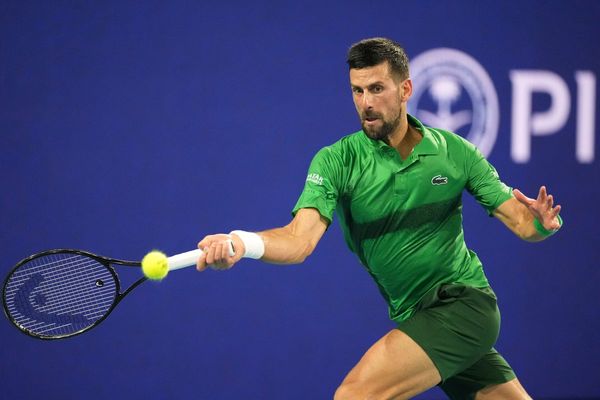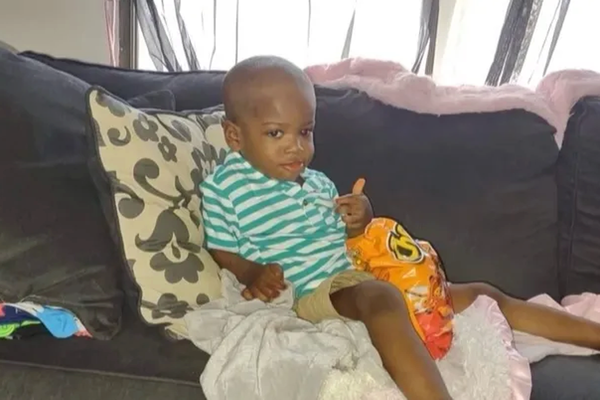IT’S a neat solution to two pressing problems: getting free, lean, healthy meat to food bank users, and at the same time cutting the vast herds of deer damaging Scotland’s environment and agriculture.
A remarkable scheme in Perthshire will see a farmer sending four tonnes of venison a year from a major cull of deer on her land, straight to those who need it most, thanks to a hefty grant and some out-of-the-box thinking.
Helen Stewart has 650 deer on her family’s 5000-acre Knockbarry Farm near Pitlochry, about five times as many as she should have.
They are eating grass meant for her sheep and demolishing fences and walls as they jump them in vast herds. The battering of their hooves opens up strips of black peat, releasing carbon and causing erosion.

The answer of course is to shoot a lot of deer, but that’s not so easy: with venison prices from game dealers still depressed after the Covid hospitality shutdown, there is not enough money in it to pay the stalker, and too many deer carcases would cut the price even more.
Now Stewart has won grants from the National Lottery and Cairngorm National Park Authority (CNPA) for a setup to enable her to earn enough from venison to cull the deer she needs to, and help local charities.
Most deer larders, as they are called, have just a handling area and a chiller for “skin-on” carcases: for hygiene reasons the meat can’t be butchered and packed there. A game dealer will give about £75 for each carcase.
But with a new £100,000 “superlarder” which includes a separate area for processing and butchering, she can make £220 per animal selling the prime cuts to local hotel and restaurant owners who are keen to get locally sourced venison.
That means she can pay a stalker and butcher, and fulfil the conditions of her National Lottery grant, to send a proportion of meat to good causes.
Stewart is donating burgers, sausages, meatballs and mince from her cull, processed by her butcher, to food banks and other community organisations.
Local farmers had suggested she could just bury excess carcases, but she couldn’t face wasting so much food: “We just have so many deer and so much of the meat is very nutritious but maybe difficult to sell in large quantities so I thought this was a great outlet,” she said. “It’s fresh and local and there’s so much spare deer here, why shouldn’t it go to the Scottish people?”
The farm lies just outside the Cairngorms National Park but its deer impact on park areas, so CNPA took on the project under its Cairngorms 2030 programme, which is funded by the lottery’s Heritage Fund.
Similar funding for a superlarder has been won by the Houstoun family at Glenkilrie Farm in Glenshee, also just outside the national park. It will donate venison to use in home economics classes for schools and other educational projects, and hopes to supply school kitchens.
Co-owner Lauren Houstoun said: “These fantastic animals are starting to be viewed as pests.
“We are thrilled to be able to put a positive spin on the situation and show what a valuable commodity the deer really are.”
Mike Cottam is a land management adviser for CNPA and secretary of the group which co-ordinates deer management around Pitlochry.
He said the deer population has roughly doubled in the past 50 years or so, partly because land managers have not had accurate data on deer herds, which range freely across estates. The low price has made culling uneconomic.
He said severe agricultural damage by deer starts at about 25 per sq km: deer have been counted at 47 per sq km on Knockbarry.
Cottam believes the superlarder model could be replicated across the Highlands, and has been approached by three other land managers interested in the idea.
He said the cost of superlarders was a “roadblock”, but more Lottery grants might be possible, and selling carbon credits could contribute, as removing deer protects woodland and peatland carbon sinks.

“There’s a big gain here for several Scottish Government policies.”
Jackie Mahoney runs the Blue Door food bank in Auchterarder in Perthshire, which has started receiving the venison products Helen is making.
She said the sausages, burgers and the rest have proved popular with food bank users: “People are delighted to get it, it’s not very different to beef. Most people donate cans to food banks so it’s great to have this to give.”
The upmarket Ballintaggart foodie resort near Pitlochry is one of the customers for Helen’s prime cuts. Owner Chris Rowley said the Knockbarry scheme had made it possible to get venison that could be labelled as locally sourced: “What Helen is doing is amazing – we’re really pleased to be able to say this wonderful food is coming from this area.”







